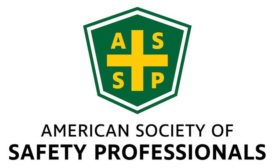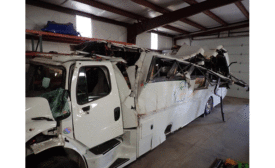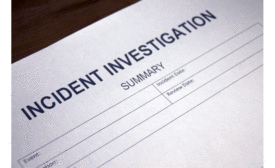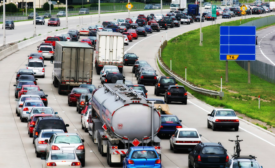News
Buffalo Wild Wings manager dies after exposure to toxic cleaning product fumes
13 others hospitalized
November 11, 2019
Never miss the latest news and trends driving the safety industry
eNewsletter | Website | eMagazine
JOIN TODAYCopyright ©2024. All Rights Reserved BNP Media.
Design, CMS, Hosting & Web Development :: ePublishing











